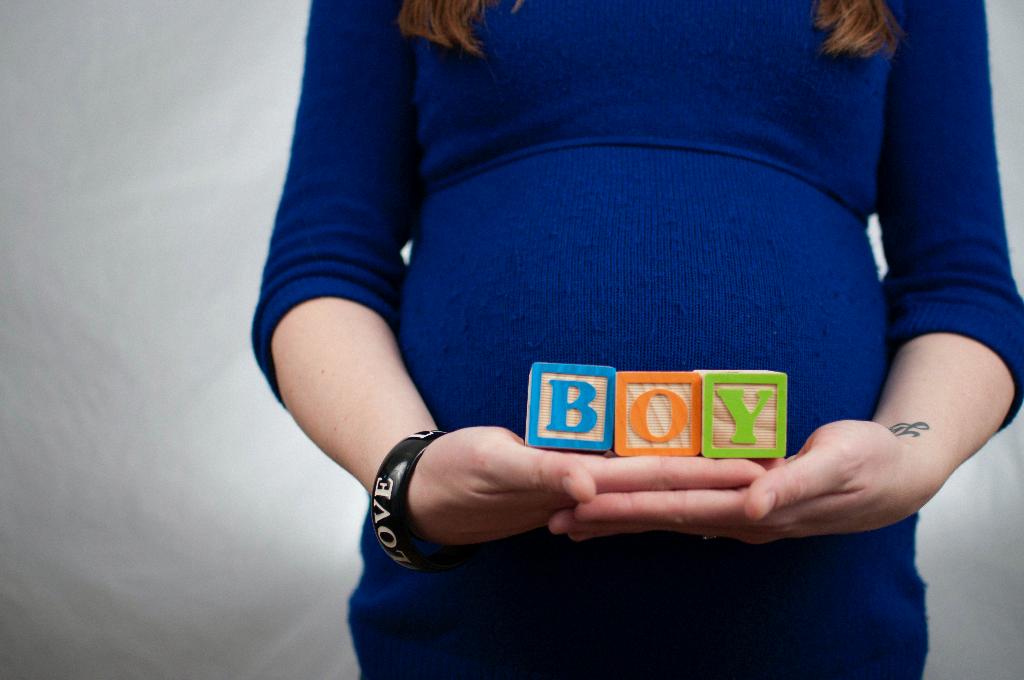When contemplating the decision between a Vaginal Birth After Cesarean (VBAC) and a repeat Cesarean section (C-section), it’s crucial to weigh the potential risks and benefits associated with each option. One of the main risks of a VBAC is the possibility of complications such as infection, blood loss, and in severe cases, uterine rupture. This rupture, while rare, can have serious consequences for both the mother and the baby.
Consulting with Healthcare Providers
Before making a decision, it is essential to have open and honest discussions with your healthcare provider. They can provide valuable insights into your specific medical history, the reason for your previous C-section, and other factors that may influence the safety and success of a VBAC or a C-section.
Previous Birth Experience
Your previous birth experience with a C-section can also play a significant role in determining the best option for you. If your previous C-section was due to specific medical complications that may still pose a risk during a VBAC, a repeat C-section might be the safer choice.
Personal Preferences and Comfort
Another crucial factor to consider is your personal preferences and comfort level. Some women may feel more at ease opting for a repeat C-section due to the predictability and control it offers, while others might prefer attempting a VBAC for a more natural birthing experience.
Risks and Benefits of Each Option
Both VBAC and C-section come with their own set of risks and benefits. While a VBAC can lead to a successful vaginal delivery and potentially faster recovery times, the risk of uterine rupture remains a concern. On the other hand, a C-section is a surgical procedure that carries risks associated with anesthesia and longer recovery periods.
Future Childbearing Plans
If you plan on having more children in the future, considering the impact of your current decision on subsequent pregnancies is crucial. A successful VBAC may eliminate the need for repeat C-sections in future deliveries, while multiple C-sections can increase the risks associated with placental abnormalities and uterine rupture.
Emotional and Psychological Considerations
It’s important to acknowledge the emotional and psychological aspects of deciding between a VBAC and a C-section. Some women may feel empowered by attempting a VBAC and achieving a successful vaginal delivery, while others might prioritize the safety and security of a planned C-section.
Additional Testing and Monitoring
Depending on your individual circumstances, your healthcare provider may recommend additional testing and monitoring throughout your pregnancy to assess your eligibility for a VBAC. These tests can help determine the likelihood of a successful VBAC and identify any potential complications.
Support System and Resources
Having a strong support system in place, including partners, family members, and healthcare providers, can significantly impact your decision-making process. Surrounding yourself with individuals who understand your preferences and concerns can provide valuable emotional support.
Educational Resources and Information
Exploring educational resources and seeking information from reputable sources can further equip you with the knowledge to make an informed decision. Understanding the potential risks, benefits, and alternatives to both a VBAC and a C-section is essential in guiding your choice.
Making the Decision
Ultimately, the decision between a VBAC and a C-section is deeply personal and should take into consideration your medical history, preferences, future childbearing plans, emotional well-being, and support system. Consulting with healthcare providers, engaging in open discussions, and weighing the risks and benefits can help you make the best choice for you and your baby.

